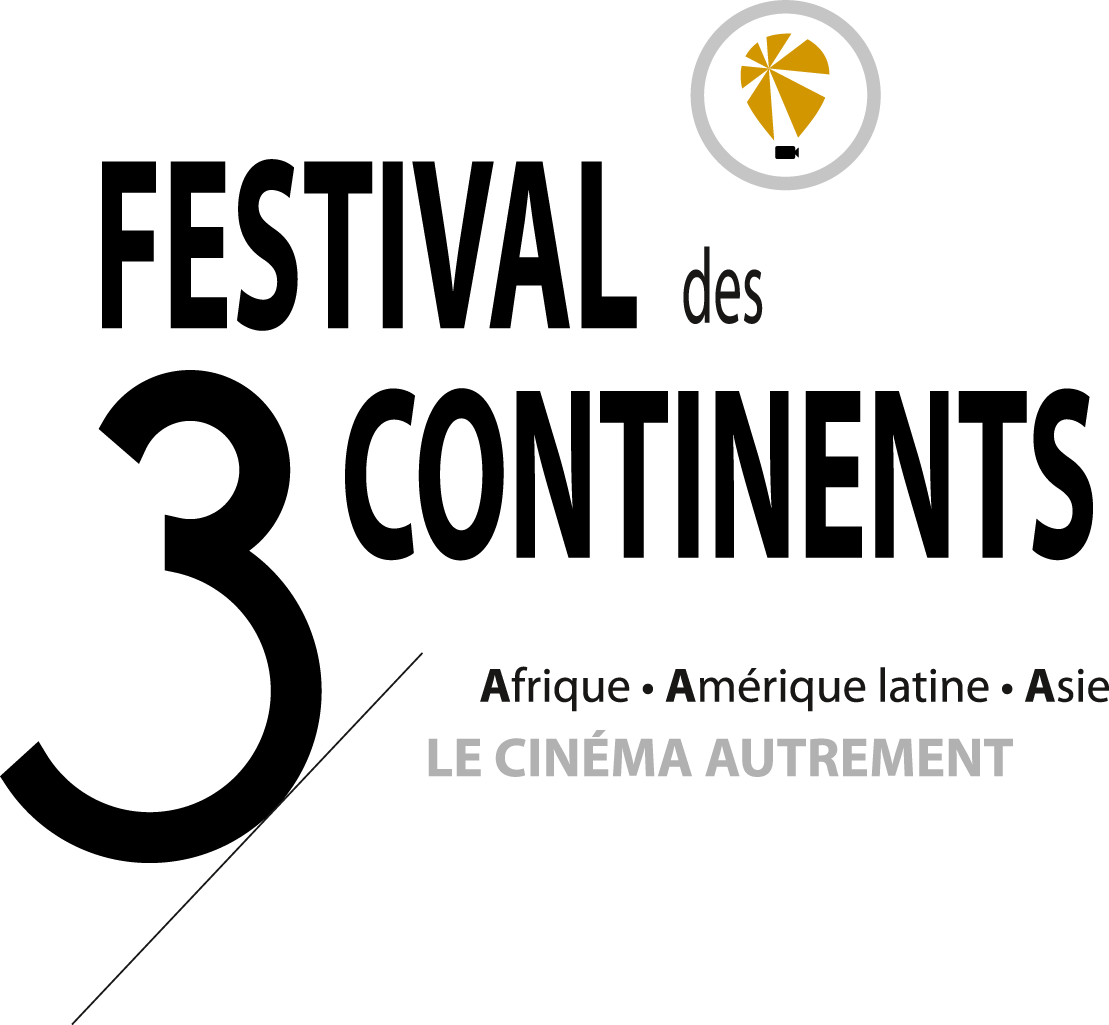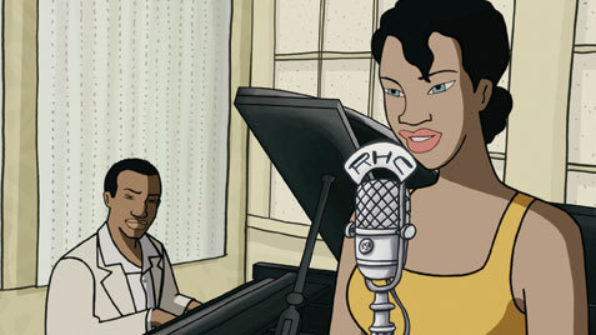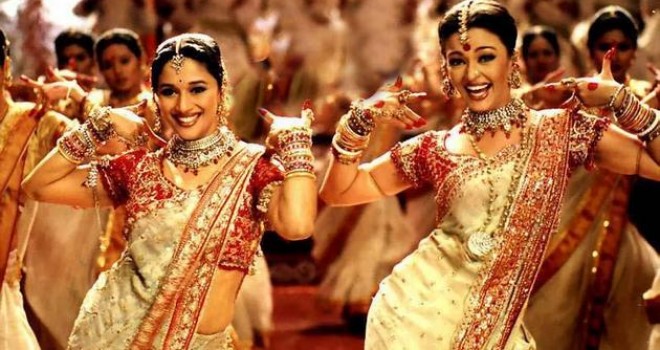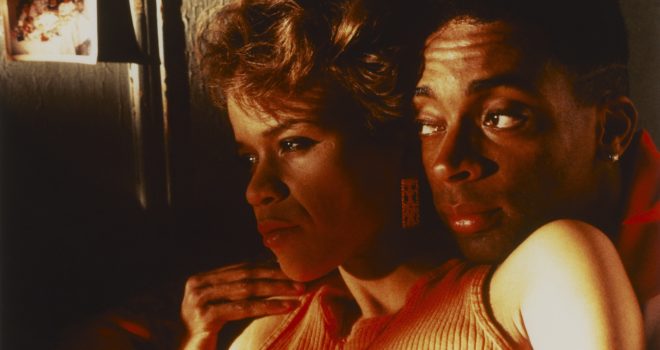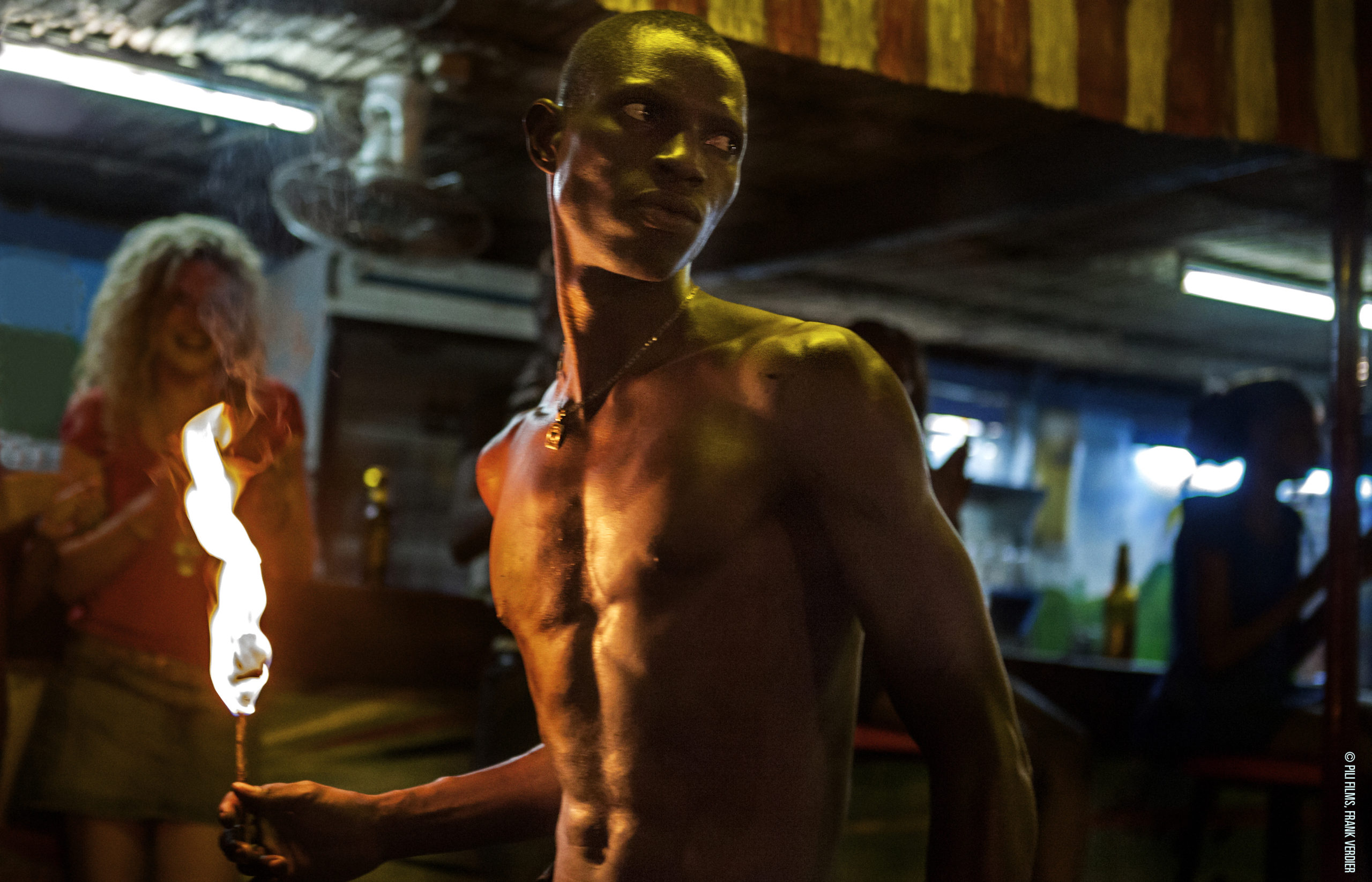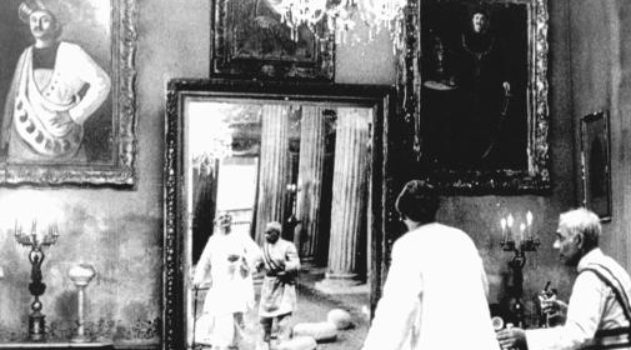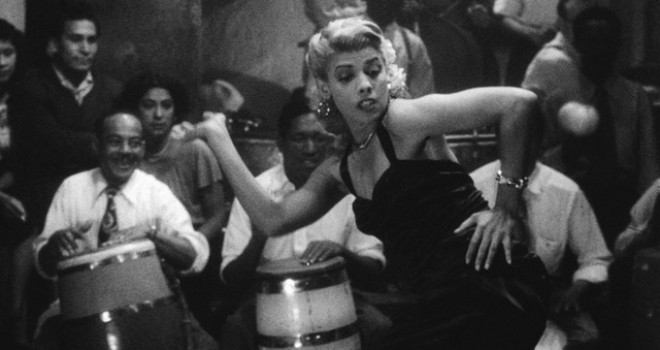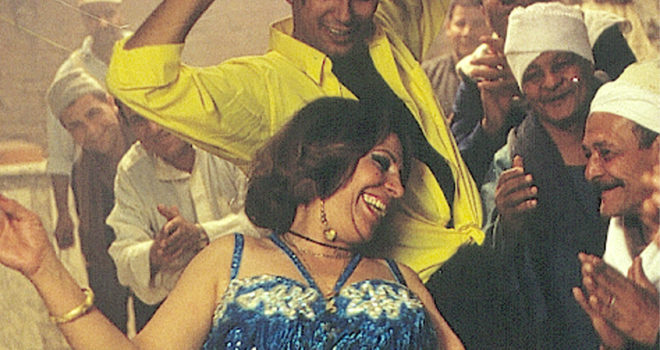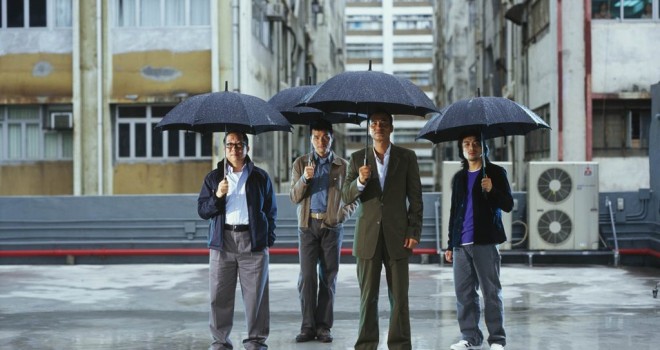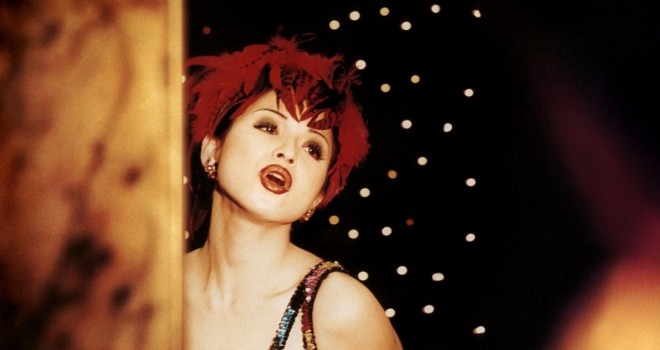It is well-known that cinema has a tendency to turn everything to good account. In this sense, it has never turned down an invitation to dance – and to sing, as soon as the talking film revolution gave it the chance. Filming a dancing (and singing) body soon became a major stake of cinematographic staging. As dance is, at the very least: movement made visible or, in other words, the pleasure of movement offered up to our eyes, and a way of giving the body a language. Cinema, like dance, is up against the challenge of capturing movement, steered by the temptation to liberate its poetry by showing it in a new light. Cinema soon became a means of greatly opening up awareness of a truth inherent to dance at a time when song, dance and song-and-dance were being used to propose on screen an angle, a signifying vision of the world. For this, dance needs to visibly break away from the frame of its choreography, song needs to suddenly become a sublime extension of the characters’ voice and to give words another power. These magical moments of existence revealed to cinema through song and dance convey an immediate enjoyment for our eyes, express a passionate, intense and insubordinate relationship with life, and shift a film’s centre of gravity.
Yet in musical comedy, these extraordinary changeovers where dance and song are swept up into a new bravura piece seem to be already suspended to their imminent conclusion. The hint of a movement quickly swept up by its own fervour or a voice holding the note that fits the emotion are like flares that instantly reveal some tragedy: they are fleeting, their end is programmed. The moment when cinema, dance and song ideally converged was also transitory. From this age of cinema, cinephiles have always kept the memory of a waking dream – a perfect illustration of the aura that Jean-Luc Godard, in the opening sequence of Contempt (1963), hangs with melancholy on a sentence from André Bazin: “The cinema substitutes for our gaze a world that corresponds to our desires”.(1)
Taking musical comedy and its nostalgic, sporadic revivals as the most obvious junction between cinema, dance and song, this thematic programme modestly aims to highlight other crossing points.
The functions and realities of dance are multiple and coded – alternately ritual, artistic, political, sacred, secular or ephemeral. Song and dance are a matter of place, territory and time and, through them, the need for a different awareness of the world is universally expressed. Cinema has garnered from them an appetite for the singularity of acts and their various forms of beauty, and finds in their contact an exciting challenge to capture what cannot be reproduced.
Yet, as Pina Bausch asked herself, “Where does dance begin? When does one call it dance?”. With walking? With a gait? That of Jacques Tati’s “Hulot”, of Charlie Chaplin’s screen persona, or of a John Wayne swaying his hips wonderfully at the North Pole,(2) or the sometimes sublime quasi-immobility or simple head movements of Cary Grant? In cinema, dance may at times cease to be visible, discernible but diffuse; dance can move through a body that is unaware it is dancing, or weave its way around it through rhymes, echoes, sudden transformations, slow-motion or acceleration.
By creating interactions between repertoires and these films, we simply wish to enjoy discovering and reflecting on the intensity of cinema’s hybrids, on dance and song, and capture some instances when they take a few steps together – well in line or with a fresh take.
Jérôme Baron
Notes
(1) This reworked quotation is in fact from Michel Moulet’s article “Sur un art ignoré”. In the original text, Moulet wording is as follows: “Cinema is a gaze which is substituted for our own in order to give us a world that corresponds to our desires.”
(2) Serge Daney is said to have sent a postcard to the Portuguese filmmaker João César Monteiro with the following: “I dreamt that John Wayne was swaying his hips wonderfully at the North Pole”. Monteiro went on to give one of his films the title The Hips of J. W., in reference to this correspondence.
